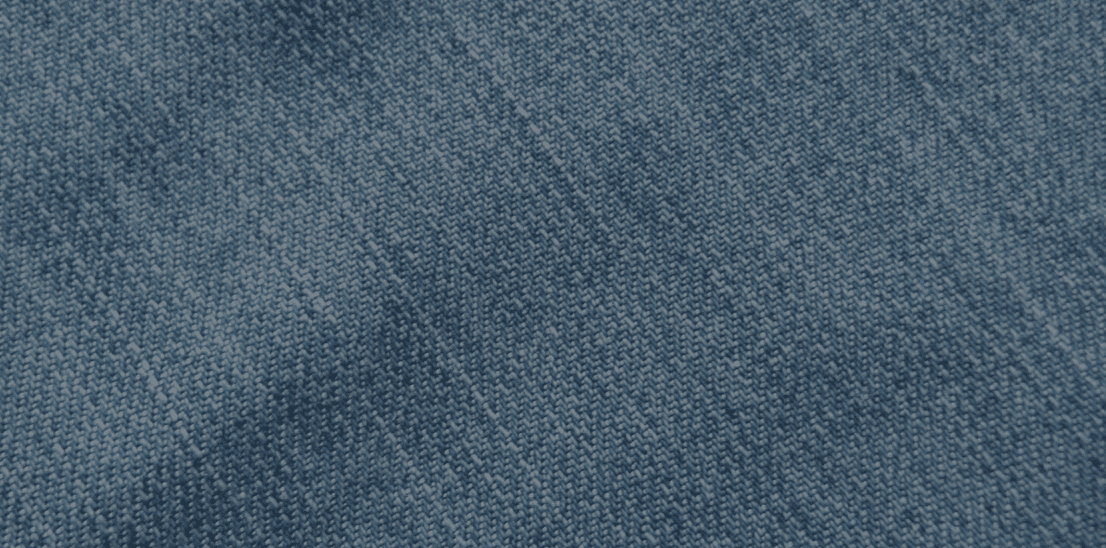Resource-friendly fabric finish
Biopolishing is a textile finishing process using cellulase enzymes to modify the surface of cotton fabrics. Pilling (lint balls on the fabric) is reduced, colour retention is improved and stronger, longer-lasting fabrics are produced. Processing times can be massively reduced (180 mins to 100 mins), delivering cost savings of some 25 % in the case of combined biopolishing and dyeing.
Traditionally done during or after dyeing, the process happens in two stages, with enzymatic activity weakening loose fibres before they are removed through mechanical action. This process replaces traditional chemical or burning finishing treatments.
The enzymes used in this technology are biodegradable, natural proteins that require a very low dosage, which makes biopolishing a favourable alternative to conventional finishing chemicals because it does not contribute significantly to effluent loads.
No extra specialist equipment needs to be installed to use the enzymes. They are added during the fabric production process – usually during or after dyeing. Very little of the enzyme is used in each load (see table in resource saving section below for more information), making it a cost-effective process.
Novozymes® provides a biopolishing technology that prevents pilling, enhances colour retention and ensures smoother, softer, stronger fabrics that are durable to many washes, thus increasing the longevity of the fabric.
Combining dyeing and biopolishing process steps into one process, called Cellusoft Combi (or Bioblast Combi), shortens the processing time, which saves more water, energy and costs. Novozymes has a long track record of using life-cycle assessment to measure the environmental impacts of its products and support its sustainability claims.
Recent studies published by International Dyer (2013) demonstrate the method in action during full-scale production at an Indian textile mill. It compared the conventional biopolishing approach, which involves separate bleach clean-up, biopolishing and dyeing steps, with an alternative approach that consolidates all three steps into one by use of the Novozymes Cellusoft Combi®.
Result
It considered the carbon and water impacts added by the introduction of Cellusoft Combi® with the savings achieved by its use. The results showed significant net carbon and water savings for each tonne of fabric produced. In addition, processing times were cut almost in half (180 mins to 100 mins) and, given the mill’s specific circumstances, cost savings of 25 % could be achieved. This improves productivity and gives companies using this process a more competitive product.
An example of this is Marks & Spencer’s ‘StayNew’ garments, which use the technology. Another British retailer, Tesco, also uses the technology on some of their garments, marketed as ‘new technology’, used on items such as school uniforms.
Watch how Marks and Spencer have used the technology to extend the life of school cardigans with StayNewTM.
Reference: https://www.resourceefficient.eu/en/technology/enzymes-finishing-cotton-fabrics

